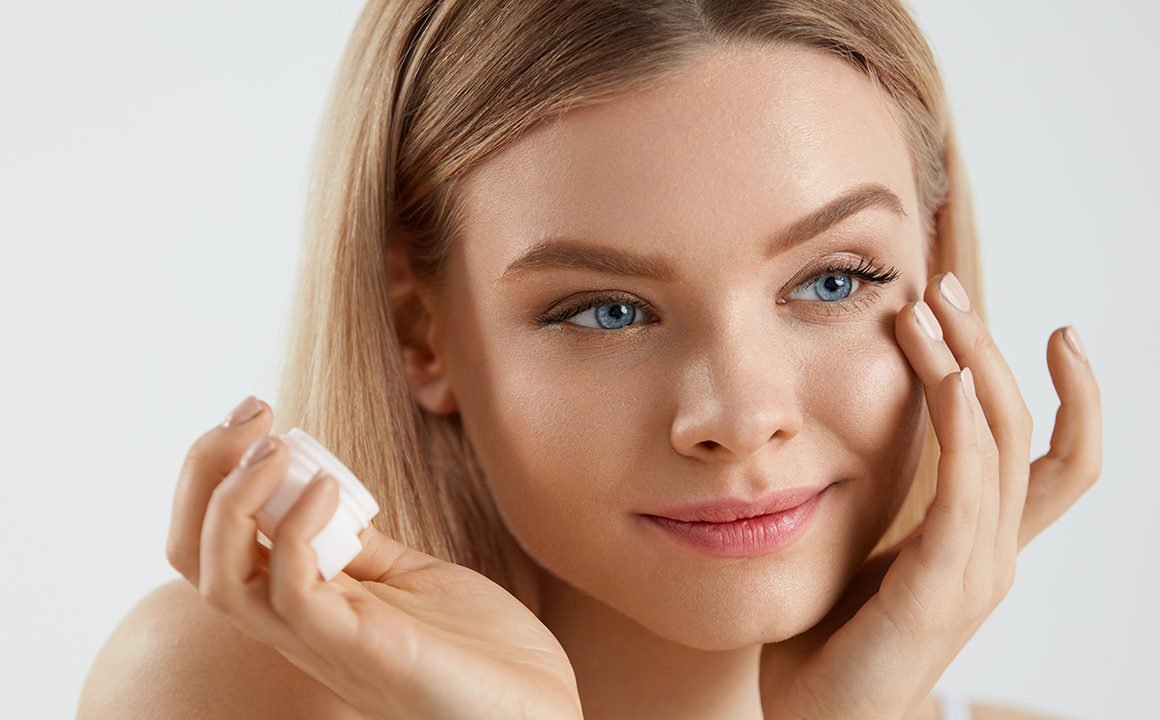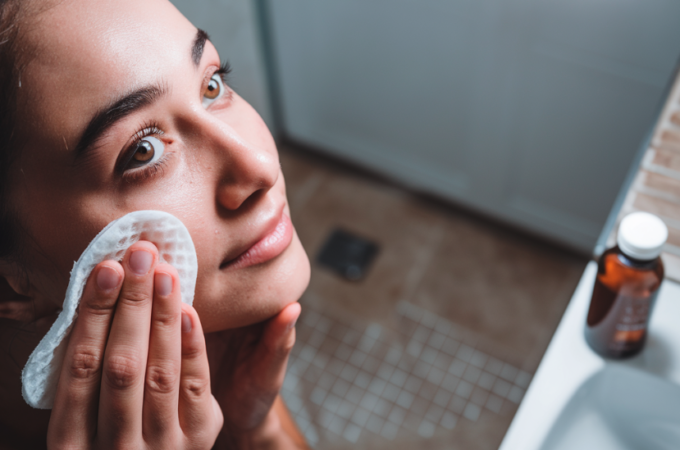
The Most Popular Active Ingredients Found in Most Acne Treatments and How They Work
Finding out which type of acne treatment to use for your breakouts can be overwhelming because there are many over the counter (OTC) treatments that offer a lot. Before making your choice on the type of product to use, you must first understand the four basic principles of combating acne – killing acne-causing bacteria, exfoliating accumulated dead skin cells that clog pores, removing excess oil, and decreasing inflammation.
Many OTC products are available to treat mild to severe acne or periodic breakouts. They all work differently, like killing acne-causing bacteria, reducing inflammation, and speeding up new cells’ growth while removing dead skin cells. Others reduce excess oil produced by your skin. Some acne treatment products do a combination of all these things. They can come in gels, lotions, kits, foams, leave-on products, etc. Before deciding which one to use, you must know how the products work and which ingredients to look out for. Here are some common ingredients found in acne treatment products and how they work to treat acne.
Benzoyl peroxide
Products that contain benzoyl peroxide are good because the ingredient can kill bacteria, remove excess oil, and unclog pores. It’s best for treating pus-filled pimples, and in some cases, can also be used to treat cystic acne. It’s one of the most tried and used ingredients used to fight acne. Benzoyl peroxide is available in strengths ranging from 2.5 to 10 percent. The popular acne treatment Proactiv Plus contains benzoyl peroxide as one of its ingredients and has been known to do wonders for your skin. However, it’s known to work differently for different people. Here’s an article you should read: Our requested Proactiv Plus review : is it worth the hype?

Salicylic acid
Salicylic acid is a mild exfoliating acid that contains anti-comedogenic and antibacterial properties. These properties help the skin by regulating cellular turnover, unclogging pores, and preventing excess build-up that may lead to acne breakouts and inflammation. It dissolves keratin, making it easily absorbed into the skin where it does its magic. It comes in strengths of 0.5 to 5 percent and should be used once a day, preferably at night.
Alpha hydroxy acids
Two main types of alpha-hydroxy acids used in acne treatments are lactic acid and glycolic acid. Alpha hydroxy acids are usually synthetic versions of acids made from sugar-containing fruits. They treat acne by reducing inflammation and getting rid of dead skin cells. The acids also promote the growth of new smoother skin. This eventually helps reduce the appearance of acne scars and gives the impression of smaller pores.

Sulfur
Sulfur is used to remove dead skin cells that clog pores and also helps remove excess oil. It also helps reduce inflammation and is best used on inflamed acne. Sometimes, it can be used in combination with other ingredients like benzoyl peroxide and salicylic acid to be more effective.
Conclusion
Acne may present itself in different forms, but it can be treated with varying treatments of acne. The key is finding which type of acne you have. Use the right treatment with the best ingredient or a combination of the ingredients. If you’re unsure of what kind of acne you’re dealing with, it’s best to seek advice from a dermatologist.




